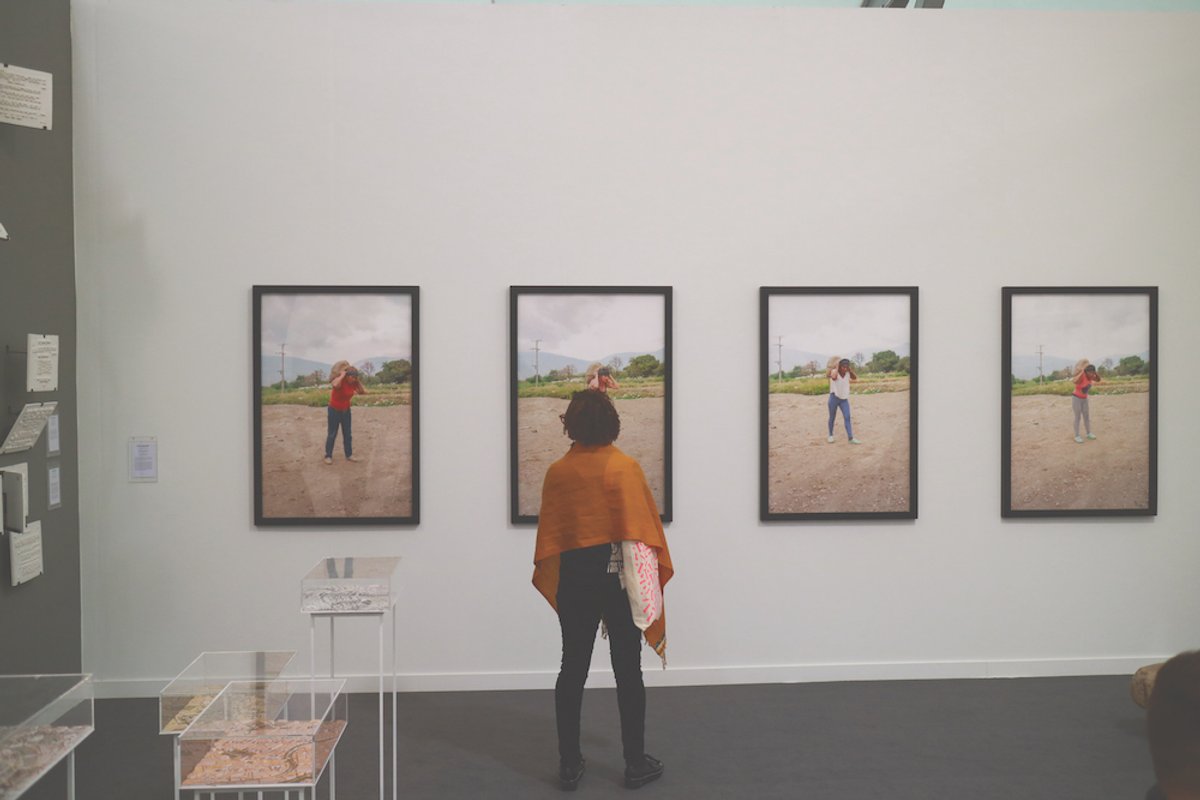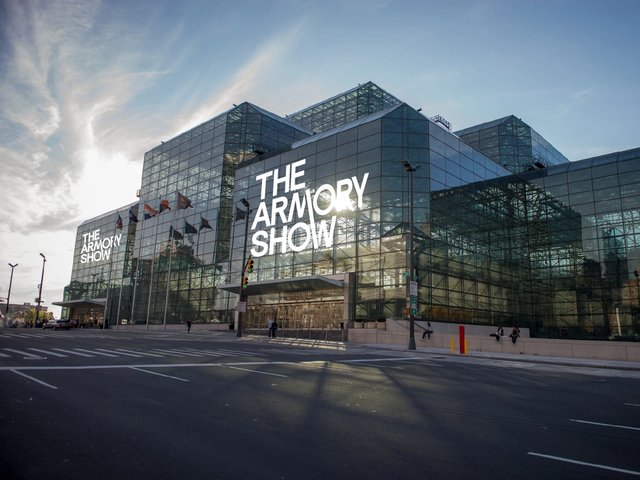Artists from Latin America are more in demand than ever. International galleries are adding artists from the region to their rosters, while many major auction houses have folded their dedicated Latin American art sales into broader Modern and contemporary categories. As the market momentum builds, however, it raises the question of whether categorising artists from such a wide geography under one designation helps to increase their exposure or limit their reach.
“From a branding point of view, I feel that saying ‘Latin American Art’ comes with a certain amount of baggage,” says Alexandra Morris of the New York-based gallery Proxyco, which focuses on artists from Mexico. At Frieze New York, she is exhibiting with the Puerto Rican gallery Embajada in the fair’s first ever curated section devoted to Latin American and Latinx art, Diálogos. She notes that the label might have been helpful half a century ago when the art market was less international in general, but that “these new generations of artists are so cosmopolitan that it would be a mistake to think of some of their work as ‘Latin American’, whatever that means”.
Proxyco is showing six architecture-inspired pieces by the Mexican artist Livia Corona Benjamin, made in communities that emptied as farm workers migrated to the US after the 1994 North American Free Trade Agreement. Alongside them are works from Embajada’s Chemi Rosado-Seijo, a socially engaged Puerto Rican artist who draws on skateboarding in urban environments as a community-building practice. “While Chemi has enjoyed a significant career with much institutional recognition, the market is frankly still catching up,” says Manuela Paz of Embajada.
Frieze New York’s Diálogos section brings visibility to artists from Latin America whose work may not often be seen on a broader commercial platform, says Leopol Jose Maria Mones Cazon of the Argentinian gallery Isla Flotante, which is presenting the work of Buenos Aires-based artist Mariela Scafati. Yet better visibility is not the same as equal representation, he adds. Indeed, there are around a dozen dealers from Latin America at Frieze New York, including those in Diálogos—roughly 7% of the total.
Historically speaking, the category of “Latin American art” has been narrowly associated as a type of movement associated with Modernism, embodied by 20th-century artists such as Frida Kahlo and Diego Rivera for whom the market has already been established. These artists have been fetching ever-higher prices at auction as of late, too: Rivera’s masterpiece from the Rockefeller collection, The Rivals, sold for a record-breaking $9.76m last May—the highest price paid for any Latin American artist at auction.
Geographic handle
Christie’s, however, is the only major auction house that continues its dedicated Latin American art sale. “Keeping the category separate does a disservice to the artists from these regions, as well as broader collectors of 20th and 21st century art,” says Jeannette van Campenhout, a specialist at Phillips auction house, which dissolved its Latin American art sales into its modern and contemporary sales in 2018. “When these same artists are presented within the context of other Western blue-chip artists, it provides an opportunity to see how they properly fit within the art historical cannon.”
Leon Tovar of the eponymous New York gallery—which is showing the work of artists such as Alejandro Otero, Agustín Fernández and Edgar Negret alongside Alexander Calder and other US-based artists at Tefaf Spring New York this week—says that the label is simply an easy geographic handle that has nothing to do with the scope or content of the work. “For example, the Argentinian Madi Group was so important to the development of Lucio Fontana’s career,” he says, noting that the renowned Spacialist painter was born in Argentina but is often associated with European Modernism due to the fact that he lived in Italy for much of his life.
According to Alex Mor of the Parisian gallery Mor Charpentier, there is a “new awareness” when it comes to understanding the work of contemporary art produced in Latin America. The gallery is showing the work of Voluspa Jarpa—who will represent Chile at the Venice Biennale opening later this month—alongside works by the Mexican artist Teresa Margolles and the Colombian artist Carlos Motta at Frieze New York in the fair’s main section. Mor notes that artists from the region have very different political, economic and cultural concerns and should not be lumped under one umbrella term. “We are very careful to use the phrase ‘artist from Latin America’,” he says, “rather than ‘Latin American artist’ to describe those who we represent.”





